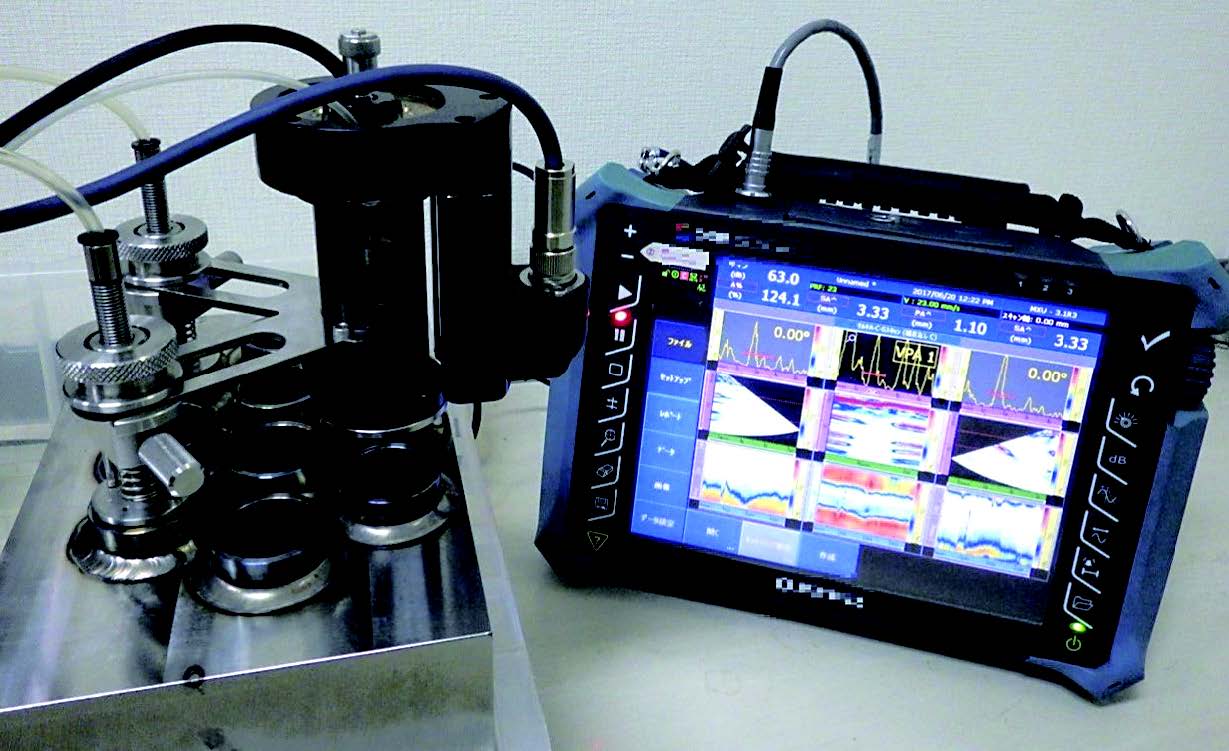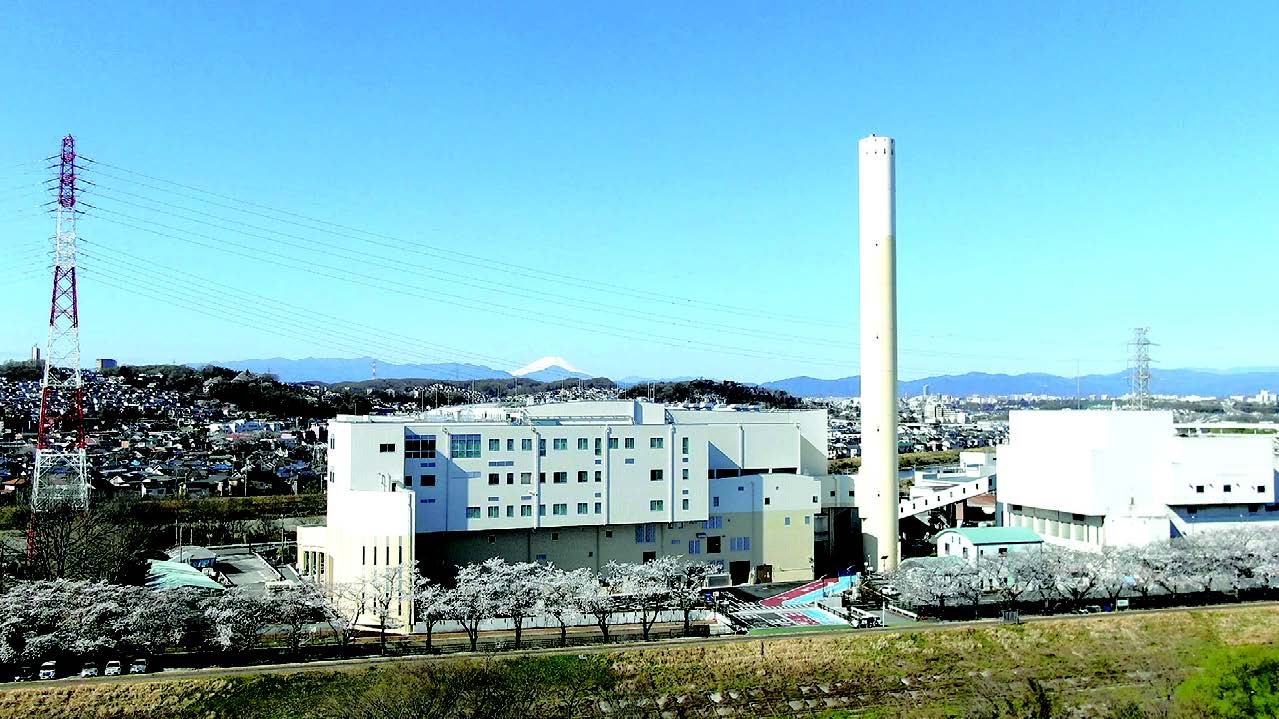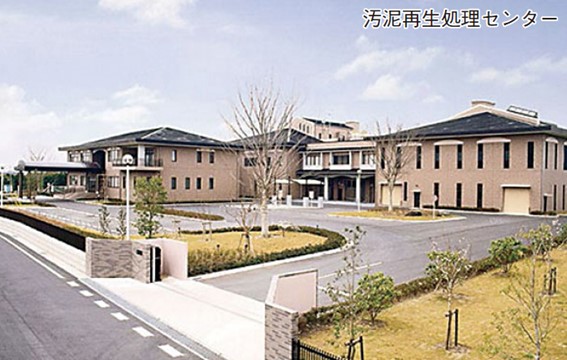Hitz Technical Review Vol.81 No.1

- 1.Development of Automatic Detection System for Welding Defects in Tube to Tube-sheet Weld Joints
- 2.Study of Helium Leak Detection Method by Means of CFD
- 3.Update on Application and Operation of Latest Technologies in New EfW Plant for Asakawa Seiryu Environment Association
- 4.Hitachizosen's Water Business and the Sustainable Development Goals (SDGs)

Hitachizosen Corporation and NICHIZO TECH INC. have developed an automatic detection system for welding defects by applying artificial intelligence technology to phased array ultrasonic images of tube to tube-sheet weld joints in heat exchangers. We had already developed a phased array ultrasonic testing system for tube to tube-sheet weld joints in 2016; however, it required inspectors to visually check the inspection images one by one for defects, presenting the issues of inspection costs and the load on inspectors.
By combining the conventional image processing method with artificial intelligence technology, the system developed achieved 99% accuracy in judgement for each welded tube. When applied to actual heat exchangers, the system reduced inspection times by 75% compared to the conventional method.
- Lead author
- Takahiro Wada
- Joint author
- Ryota Ioka, Kaoru Shinoda, Takeru Katayama, Masamitsu Abe, Toshiya Takenaka, Hiroshi Hattori

Casks and canisters are containers designed for the safe transportation and storage of spentnuclear fuel generated at nuclear power generation facilities. Hitachizosen Corporation hasmore than 30 years of experience in the field since our development and fabrication of the first domestically produced transport container in 1978, and in recent years we have been conducting research and development of concrete casks. Unlike metal casks, concrete casks do not require monitoring of the internal pressure of the canisters stored inside, but they present the risk of internal pressure drop due to stress corrosion cracking (SCC) on the canister surface during long-term storage. If the pressure drop can be detected, leakage of internal gas can be detected. In this study, we focused on the temperature change on the surface of the canister due to the change in the internal pressure of the canister, and conducted a numerical analysis based on computational fluid dynamics (CFD) for the purpose of developing a leak detector that detects the decrease in the internal pressure from the temperature difference between the top and bottom of the canister. The results were consistent with those of experiments at our partner in joint research, the Central Research Institute of Electric Power Industry, confirming the usefulness of the leak detection method. This paper also describes the benchmark calculations for accuracy verification performed prior to the CFD and its quantitative evaluation results.
- Lead author
- Kosuke Shimizu
- Joint author
- Masanori Goto

Hitachizosen Corporation introduced three of its latest technologies for the first time in a new Energy-from-Waste (EfW) plant for the Asakawa Seiryu Environment Association. The fly ash circulation system using slaked lime, upgraded grate block, and shock pulse type soot blower (high pressure combustion gas type soot blower) are performing as planned in the new EfW plant completed several months ago. This paper provides a short-term update on the operation status.
- Lead author
- Toshihiko Sakai
- Joint author
- Atsunaga Segawa, Yuichi Kimoto

Hitachizosen Corporation identifies our direction as the "supply of clean energy and water" and "environmental conservation, and the building of resilient and prosperous communities" in the medium-term management plan "Forward 22" released in May 2020. This paper outlines our water business that can provide "clean water" and describes the role of water treatment envisioned by Hitachizosen.
- Lead author
- Sachiko Ochi
- Joint author
- Hiroshi Yoshida
Click here for inquiries about Kanadevia technology
